The Ultimate Guide to Chess Pawn Structures
Learn about Chess Pawn Structures: Key Insights, Themes, Plans, Tactics and Strategies from World Chess Champion Games
4.59 (204 reviews)
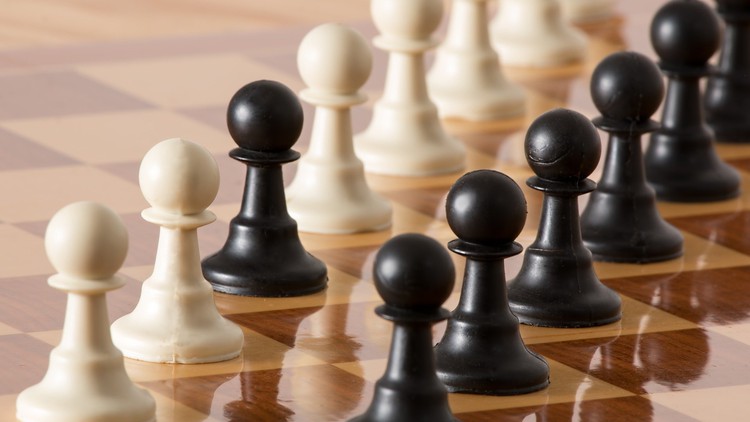
2,211
students
45.5 hours
content
Dec 2023
last update
$69.99
regular price
What you will learn
Be able to recognise effective plans in different openings and their pawn structures e.g. Minority attack plan in Carlsbad structure of Queens Gambit
Be able to build an effective opening repertoire which fits your playing style e.g. Nimzo-indian for prophylaxis style
Be able to use pawn structures to influence the level of tactics one needs to calculate - e.g. Slav or French structures can be used for quieter positions
Be able to understand what Beth Harmon in the Queen's Gambit hit Netflix series meant with the terms "Backward pawn", "Hanging Pawns"
Be able to let pawn structures drive your choice of openings knowing you have fundamental middlegame ideas
Be able to transpose favourably into different structures when appropriate e.g. from London system into Stonewall structure
Be able to recognise the key basic pawn formations that frequently arise from chess openings
Be able to head to particular structures which match your mood and energy levels for calculation or need for just drawing
Be able to leverage common winning patterns both for and against particular pawn structures within your own games
Be able to make use of Thorn pawn structures and head for them for both middlegame and endgame advantages
Be able to make positional pawn sacrifices for things like Knight outposts and other positional gains
Be able to make positional exchange sacrifices to create a longer term upward trend within certain pawn structures
Be able to make effective pawn based strategies for the opening phase
Be able to make effective pawn based strategies for the middlegame phase
Be able to make effective pawn based strategies for the endgame phase
Be able to appreciate the fundamentals of Pawn related Chess Strategy in terms of position evaluation and longer term planning
Be able to make use of pawn chain undermining where appropriate
Be able to make effective Outposts around key squares within the pawn structure
Be able to do "high level shuffling" especially around potential strategic pawn breaks to minimise regrets and maximise impact
Be able to understand the dynamic and positional tradeoffs of different pawn structure factoring in King position
Be able to see the up and downsides of the Isolated pawn structure and its descendants such as hanging pawns
Be able to choose openings based on their pawn structures if you wish to build up your tactical strengths e.g. gambits or dynamic structures e.g. IQP
Be able to recognise which dynamic structures need you to put on your calculation and attacking hats or pay a penalty later in miserable endgames
Be able to understand iconic and beautiful game examples for handling various pawn structures such as classic Bobby Fischer games
Be able to see with updated analysis fantastic examples that Kingscrusher has researched in the last few years from his Youtube channel
Be able to be inspired by connected passed pawn examples from the engine World where even Stockfish couldn't handle the potential of them
Be able to choose the right plan especially in non-tactical situations thus saving time on the clock
Be able to fight effectively against tactical players with methods such as counterplay-removal and endgame transitioning
Be stimulated to play the Sicilian Sveshnikov effectively being inspired by the Backward pawn examples
Simplify your need to memorise tonnes of opening theory if you master the essential pawn structures
Be able to make use of prophylaxis when appropriate within certain pawn structures
Be able to evolve your opening repertoire with structurally implied game examples in this course such as the Nimzo-Indian to inflict doubled pawns on opponents
Be able to see the price often paid for damaging structures such as "Bishop without counterpart" which can be a targetable downside in its own right
Be able to get make use of "Thorn pawn" structures aka "Chess cheat code!" which Chess Neural networks have proven valuable
Be able to add "Soul" to your chess game! - "Pawns are the Soul of Chess" - François-André Danican Philidor
To be able to have a more effective structural perspective on what is going on in a position
To be able to rethink your opening choices and general game plans generally based on pawn structures
Be able to have effective "template plans" based on pawn structure which occur in many different openings
Be able to use a nice simple line with White vs the Caro-Kann - the exchange variation with knowledge of Carlsbad structure ups and downs
Be able to play the Sicilian Sveshnikov making use of effective template plans given in the examples
Be able to understand the structural "playbook" of both sides in a tonne of different openings which have similar structures highlighted in this course
Be able to appreciate "structualists" like Capablanca, Petrosian, Karpov, Adams who are masters of pawn structure plans and annotated games
Be able to handle key pawn breaks for yourself and the opponent - give yourself a break :)
Be able to transform structures into other sometimes more exploitable advantages or other structures
Be able to appreciate Kingscrusher's pure love and admiration of Tigran Petrosian who also inspired Karpov with the concept of relatively risk-free chess :)
Be able to appreciate Kingscrusher's love of Mikhail Tal in the Benoni structures which can be transposed to from the Kings Indian defence
Game analysis all engine checked with latest Stockfish NN (Neural Network) often uncovering amazing new previously undiscovered resources!
Be able to appreciate classic notable games in Chess history which are major stem games for key ideas organised by structure
Be able to see how World chess champions championed particular structures such as Petrosian in the French and Tal in the Modern Benoni
Screenshots
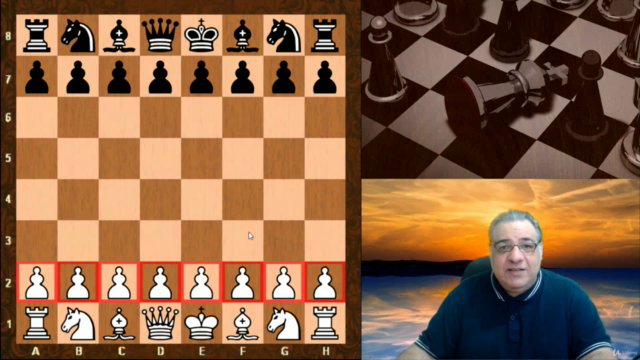
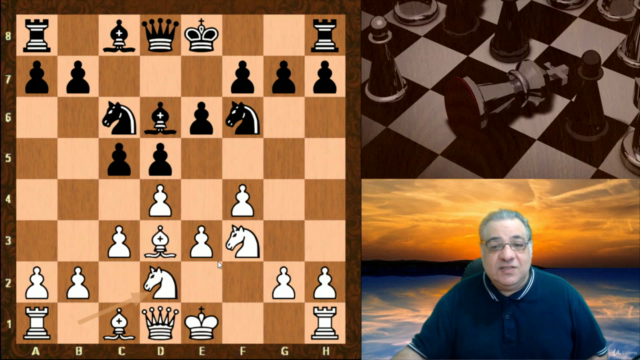
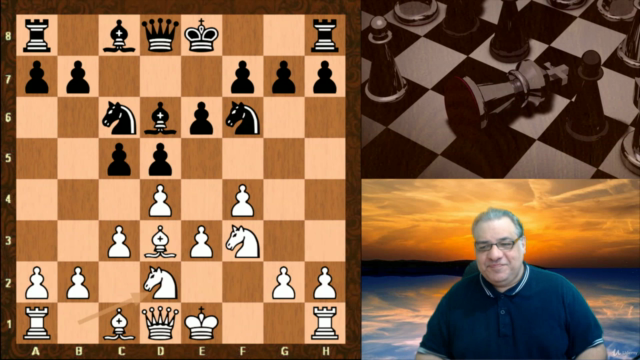
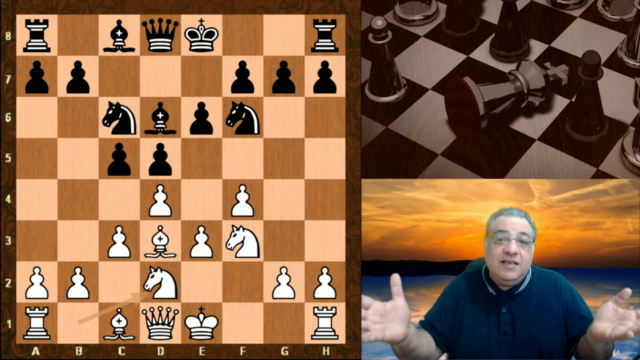
Related Topics
3591670
udemy ID
10/25/2020
course created date
12/17/2020
course indexed date
Bot
course submited by